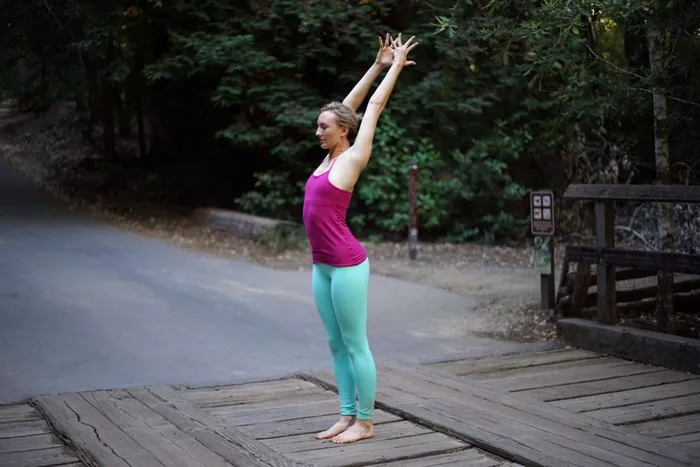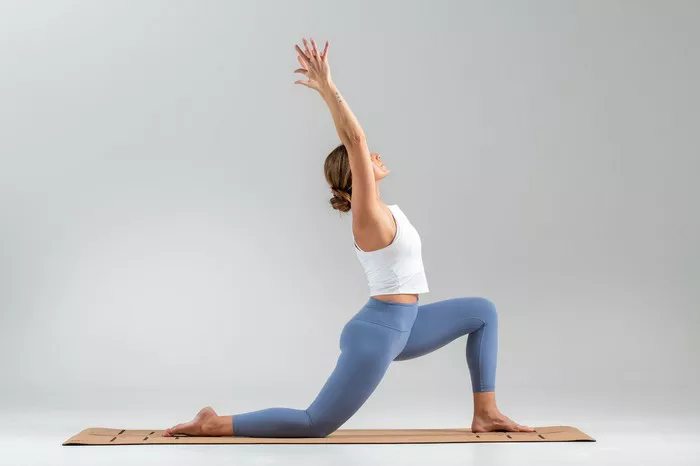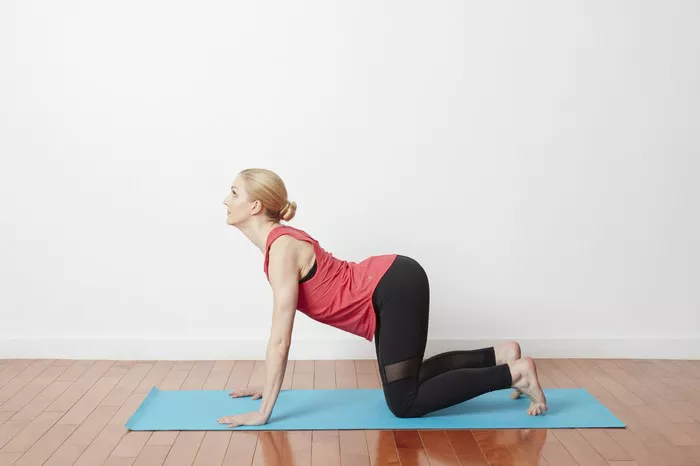Yoga, an ancient practice originating in India, has transcended borders and cultures to become a globally embraced means of holistic well-being. Among its plethora of poses, the Mountain Pose, or Tadasana, stands tall as a foundational posture revered for its simplicity yet profound effects on the body, mind, and spirit. In this article, we delve into the depths of Tadasana, exploring its origins, symbolism, benefits, variations, modifications, step-by-step instructions, as well as precautions and contraindications.
Origins and Symbolism
Tadasana derives its name from Sanskrit, where “tada” translates to “mountain,” embodying the strength, stability, and unwavering presence of a mountain. This pose finds its roots in Hatha Yoga, one of the oldest branches of yoga, emphasizing physical postures to balance body and mind.
Symbolically, Tadasana invites practitioners to embody the majestic stillness and resilience of a mountain amidst life’s ebbs and flows. It fosters a sense of groundedness, rootedness, and connection to the Earth, while simultaneously reaching for the vastness of the sky, symbolizing expansion and liberation.
Physical and Mental Benefits
The simplicity of Tadasana belies its profound impact on the body and mind. Physically, it serves as a blueprint for proper alignment, improving posture and spinal health. By engaging and aligning the muscles of the legs, core, and spine, Tadasana cultivates strength and stability throughout the body.
Moreover, Tadasana enhances awareness of breath and encourages deep, diaphragmatic breathing, promoting relaxation and reducing stress. This mindful breathwork calms the mind, fosters mental clarity, and cultivates a sense of inner peace.
Variations and Modifications
While seemingly straightforward, Tadasana offers numerous variations and modifications to accommodate practitioners of all levels and abilities. Beginners may benefit from using props such as blocks or a wall for support, gradually building strength and balance.
For those seeking a deeper challenge, variations like Raised Arms Mountain Pose (Urdhva Hastasana Tadasana) involve extending the arms overhead while maintaining the foundational alignment of Tadasana. Additionally, practitioners can explore variations that incorporate balancing on one leg, such as Tree Pose (Vrksasana), to further challenge stability and focus.
Step-by-Step Instructions
1. Begin by standing tall with your feet hip-width apart, distributing weight evenly across all four corners of each foot.
2. Engage your thigh muscles and gently draw the lower belly in towards the spine to support the lower back.
3. Lengthen through the crown of your head, extending the spine upwards while keeping the shoulders relaxed.
4. Arms can either hang naturally by your sides with palms facing forward or come together in front of the heart in prayer position (Anjali Mudra).
5. Soften your gaze, finding a focal point to help maintain balance, and breathe deeply, expanding the chest with each inhale and grounding through the feet with each exhale.
6. Hold the pose for 5-10 breaths, gradually increasing the duration as you build strength and stability.
7. To release, gently lower the arms and step the feet together, returning to a neutral standing position.
Precautions and Contraindications
While Tadasana is generally safe for most individuals, certain precautions should be observed, especially for those with pre-existing health conditions or injuries. Individuals with high blood pressure should avoid raising their arms overhead for prolonged periods, as this may exacerbate hypertension.
Furthermore, individuals with vertigo or balance issues should practice Tadasana near a wall or with the assistance of a chair to prevent falls. Pregnant individuals may need to widen their stance to accommodate changes in their center of gravity and avoid deep backbends.
It’s essential to listen to your body and modify the pose as needed to prevent strain or injury. If you experience any discomfort or pain, gently come out of the pose and consult with a qualified yoga instructor or healthcare professional.
Conclusion
In conclusion, Tadasana serves as a powerful reminder of the inherent strength and stability that resides within each of us. Through its practice, we cultivate a deep connection to ourselves and the world around us, standing firmly rooted in our truth while reaching for the limitless expanse of our potential. As we embody the essence of the mountain, may we find solace in stillness, resilience in adversity, and grace in the ever-changing landscape of life.
FAQs:
How long should you hold mountain pose?
Mountain pose, or Tadasana, can be held for about 30 seconds to 1 minute in a standard yoga practice. However, the duration can vary depending on personal preference, skill level, and specific yoga routines. Beginners might start with shorter holds and gradually increase the duration as they become more comfortable with the posture and its benefits.
Does mountain pose increase height?
Mountain pose alone does not increase height permanently. However, it can improve posture by elongating the spine, which may create the illusion of added height. Consistent practice of yoga, including mountain pose, can also strengthen the muscles supporting proper alignment, contributing to a more upright posture over time.
Do arms go up or down in mountain pose?
In mountain pose, the arms typically hang down by the sides of the body with palms facing inward or forward. This neutral position allows for relaxation and encourages alignment of the shoulders with the rest of the body. However, variations of mountain pose may involve different arm placements, such as raising the arms overhead or bringing them into a prayer position at the heart center, depending on the specific yoga practice or instructor guidance.
























